2019-05-04
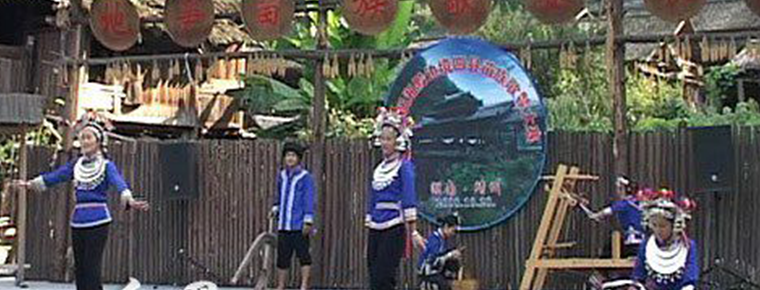
- By ChinaWiki.net
- Chinese Edition
- 2019-05-08
Jingzhou Miao Geku
The Miao people's song (tgong) has been declared as the first batch of national folk intangible cultural heritage and one of the two "national treasures" of Huaihua City. The Miao song pool has a long history, fully demonstrating the strong local minority characteristics of Jingzhou. Many experts and art enthusiasts who have appreciated the Miao song pool in Jingzhou call it "deep mountain treasure" and "the voice of nature".
historical origin
Jingzhou Miao and Dong Autonomous County is located in the southwestern border of Hunan Province, the border of Hunan and Guizhou provinces, and the middle reaches of the Canal River, a tributary of Yuanshui River. It is a mountainous county inhabited by many nationalities, of which the Miao population accounts for about 40% of the total population of the county, mainly distributed in the area of Sanshou Township.
The Miao people in Sanshou have a long history and a long history. They are closely related to the "Three Miaos" in Jiuli, Yao, Shun and Yu periods more than 5,000 years ago and the "Jingchu" in Zhou period. Because of the oppression and discrimination of the feudal rulers in past dynasties, Miao people, like other minority nationalities, were driven into the deep mountains and old forests. Miao people who have lived in the deep mountains for a long time have created and accumulated unique arts and cultures in hunting, logging and other production, living and resisting foreign attacks. "Gehu" is one of the most representative.
Sanqin Miao song is a multi-voice chorus form, which is evolved from the voice of nature. In ancient Miao villages, beautiful and fresh natural environment, simple and happy life, prompted the ancestors of the Miao nationality to have a strong interest and association in the rich and colorful "harmony" of nature, such as bird song, cicada singing, running water and Lin Tao. So they imitate the harmony of nature and compose the high and low overlapping melodies. Later, after long-term selection, processing and refining, they form a beautiful melody and harmony. From then on, the Miao people's Song-song has spread to the world in the form of music with national characteristics.
Jingzhou Sanshou area is known as "the land of folk songs". The Miao compatriots here love singing. They are all good choreographers of singing tunes. In Miaozhai, if you want to find a girl who can't sing, it's harder than climbing the sky. On the contrary, if you want to find two singers who can sing for three days and three nights in Miaoxiang, it's a simple matter. "Food for life, song for ease" is the spoken language of the Miao family. They regard singing as equally important to farming and eating, and singing has become the main way of communication of their thoughts, feelings, culture and art. In their long-term singing, they have developed the noble sentiment and moral character of gentleness, humility, mutual respect and love, hospitality, diligence and bravery, and inherited the rich and colorful Miao song culture in the process of seeking artistic beauty.
According to its music carrier, Miao people's songs can be divided into eight categories: tea song, wine song, mountain song, water-carrying song, rice song, style song, marriage song and tri-tone song. The lyrics of the song are seven words, four sentences or more. The language of the song is mainly the Miao language of Wu surname in Sanshou Township, supplemented by other surname languages. Most of them use rhetorical devices such as parallelism, exaggeration and personification, which are rich in associations, informative and philosophical. It is rich in content, wide-ranging subject matter, has a long-standing story song, a narrative song in praise of heroic deeds, a love song expressing the feelings of young men and women to each other, and so on. There are eleven tunes, which vary from place to place. The singing form mostly starts from the low voice part, then enters the middle and high schools, and many voices alternate with each other.
Jingzhou "spade" is located in the southwestern border of Hunan Province, along the border between Hunan and Guizhou provinces. Nearly 20,000 Miao compatriots live in this area.
The Miao nationality in Binli has a long history, which is closely related to the "Jiuli" more than 5,000 years ago, the "Three Miaos" in Yao, Shun and Yu periods and the "Jingchu" in Zhou period. Due to the discrimination and oppression of the feudal rulers in past dynasties, the ancestors of the Miao nationality were forced to move into the sparsely populated old mountains and forests, becoming the founder of the Miao nationality in the "spanli" area. Miao people in "spade" are industrious, simple, bright and bold. They are a people who "feed themselves with food and support their hearts with songs". For thousands of years, the beautiful and fresh natural environment and the simple life of sunrise and sunset have prompted the ancestors of the Miao nationality to imitate the harmony of nature such as bird song, cicada singing, running water and Lin Tao, as well as the rhythm emitted during production, labor and hunting. After long-term selection and refinement, they have created the unique flavor of the Miao song (teng). Therefore, Teng is not only an important carrier of life and interest, interpersonal and emotional exchanges, and cultural heritage of the Miao ethnic group in Tingli, but also an indispensable and important way of life in their daily life.
Representative works
Wine melody, style melody, marriage melody, etc.
Inheritance significance
With the development of transportation and communication in the "Langli" area, the long-term relative isolation between the local Miao people and the outside world has been broken, and the traditional cultural space on which the Miao people depend for their survival and development is shrinking rapidly; the important singers and singers are declining year by year, and the interest of the local Miao people in the song is becoming increasingly indifferent. The Miao people's song and their representative traditional culture are facing succession and no one is on the verge of succession. The great danger of being assimilated by foreign cultures and modern cultures.
The state attaches great importance to the protection of intangible cultural heritage. On May 20, 2006, Jingzhou Miao song Hoo was approved by the State Council and listed in the first batch of national intangible cultural heritage list.
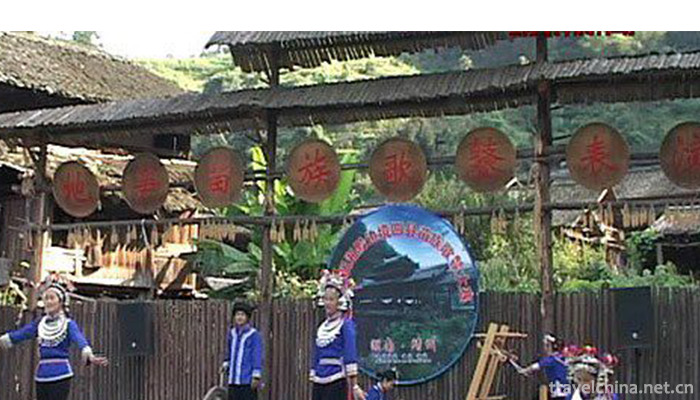
Ask a Question
Your email address will not be published.
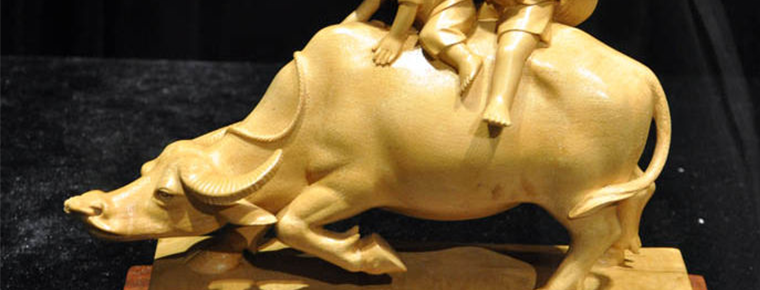
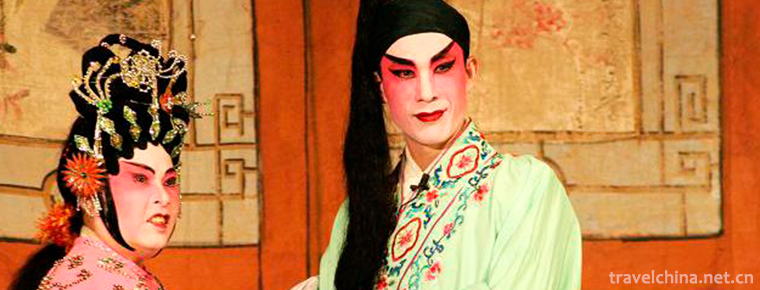
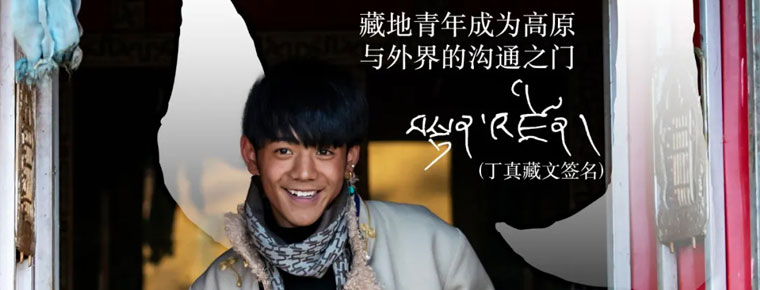
0 Questions